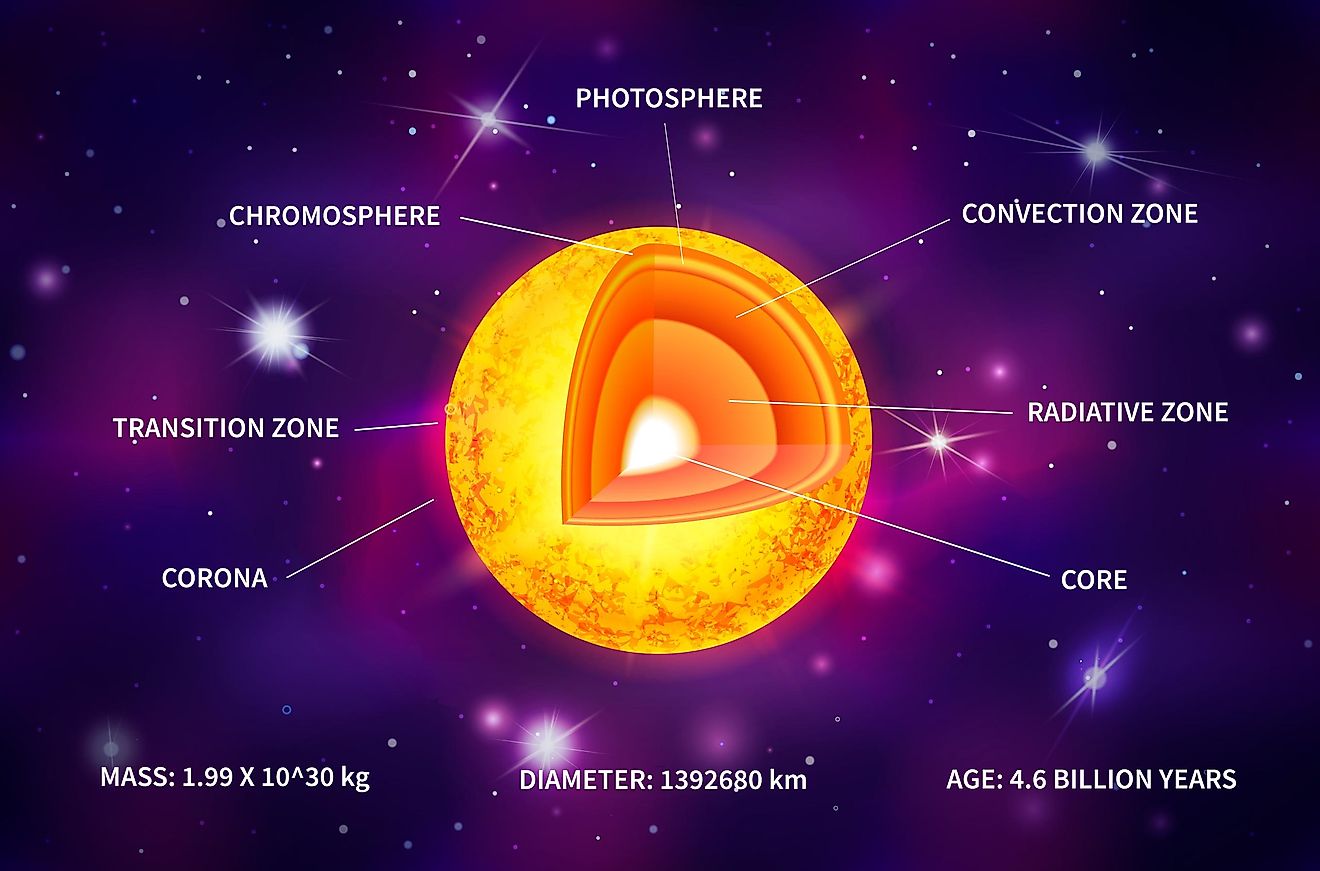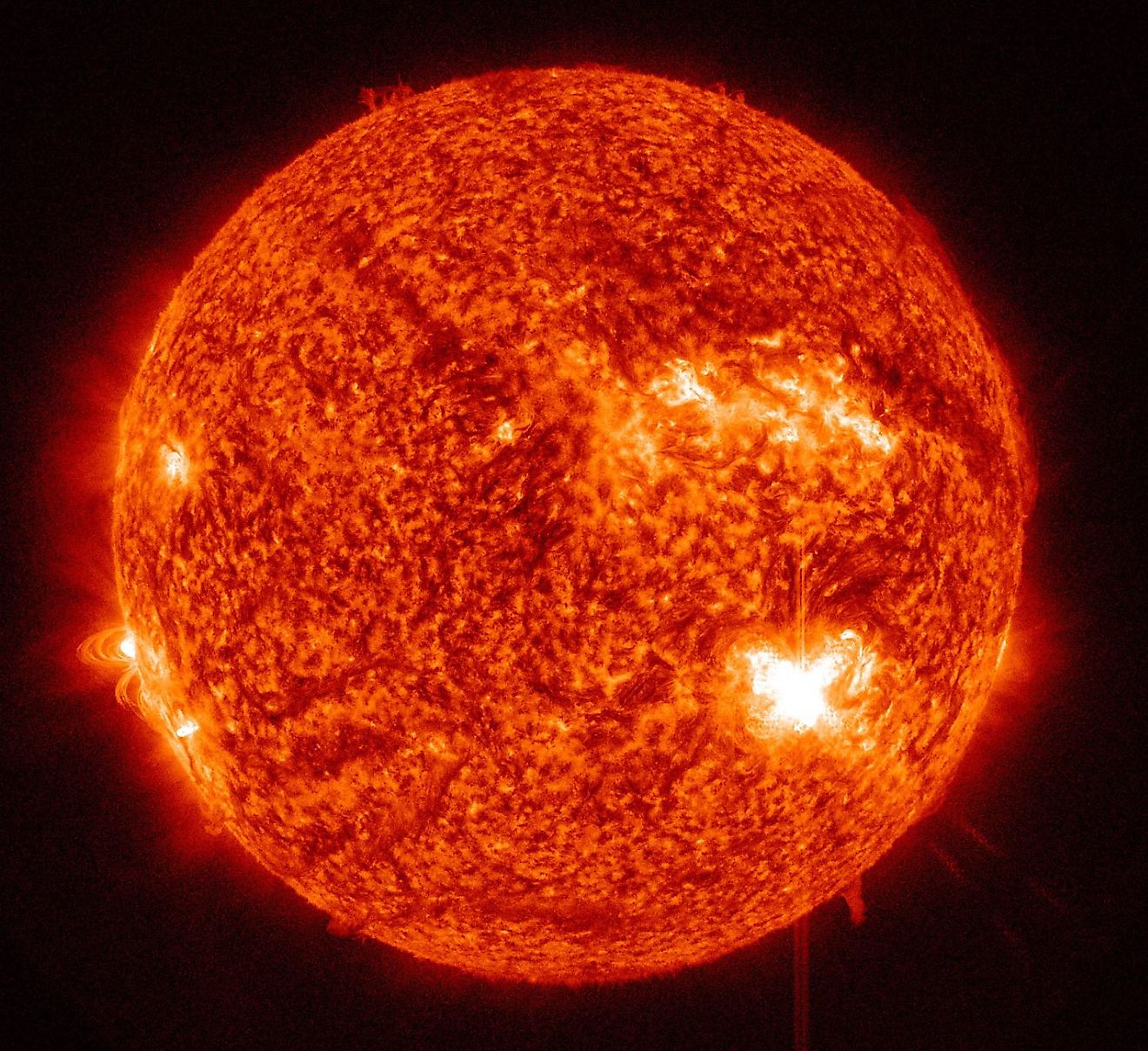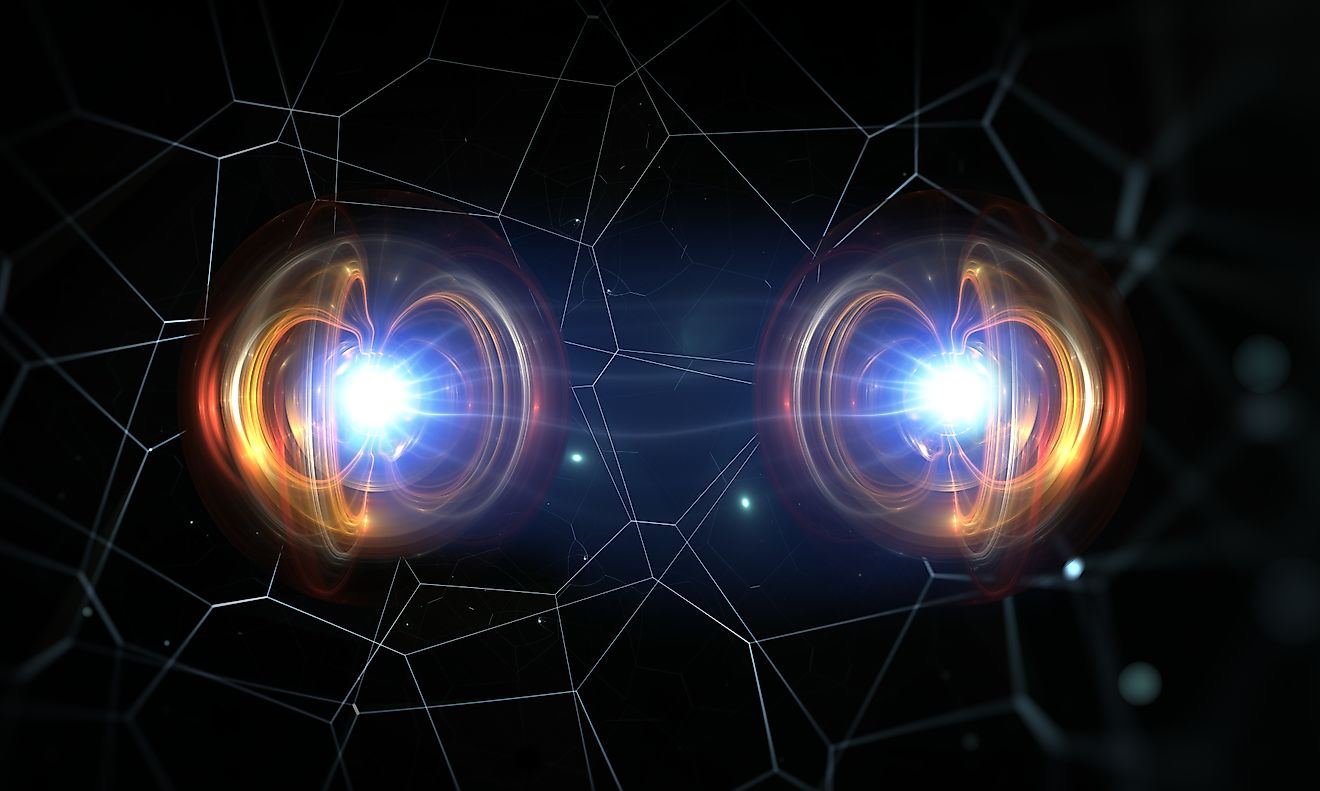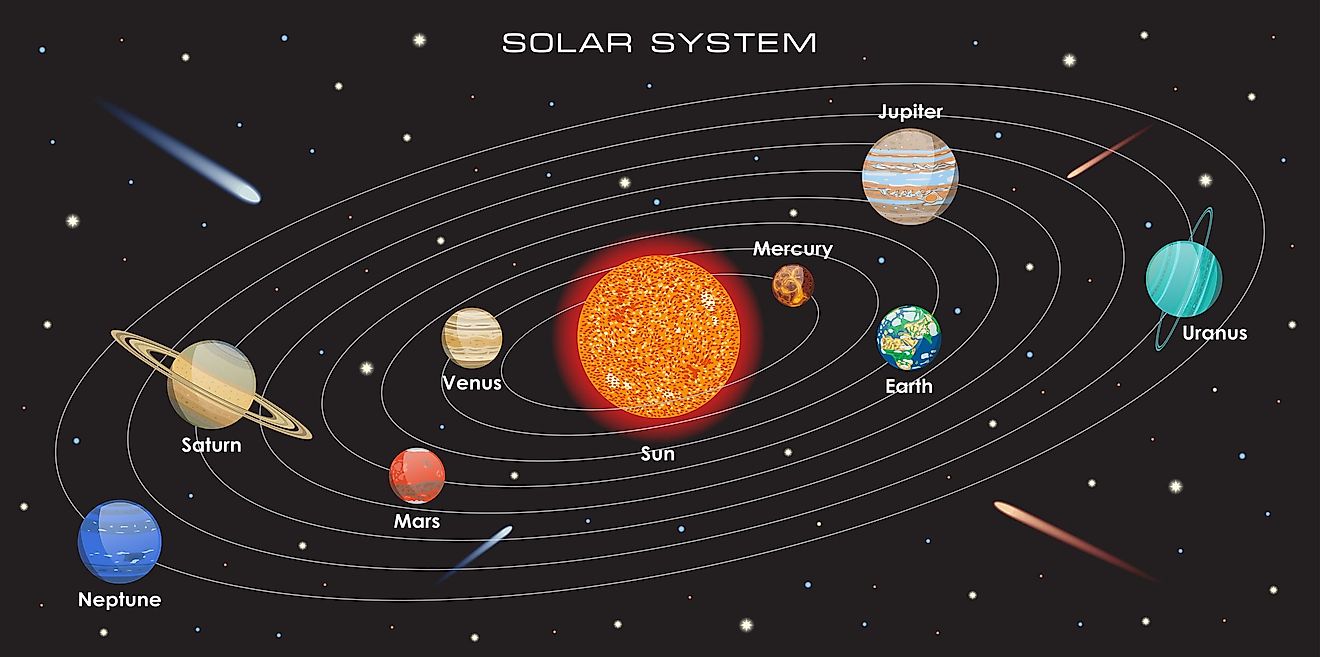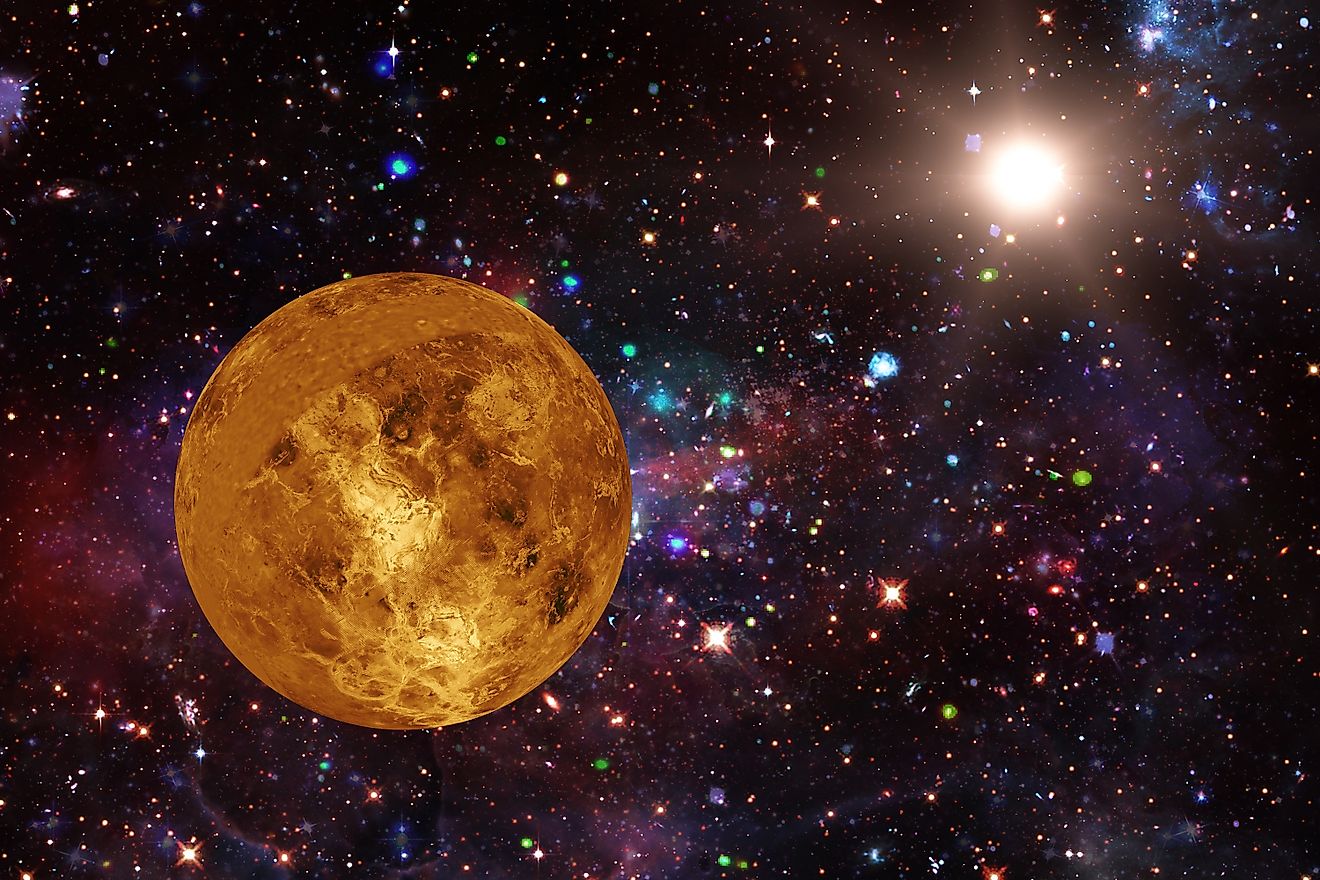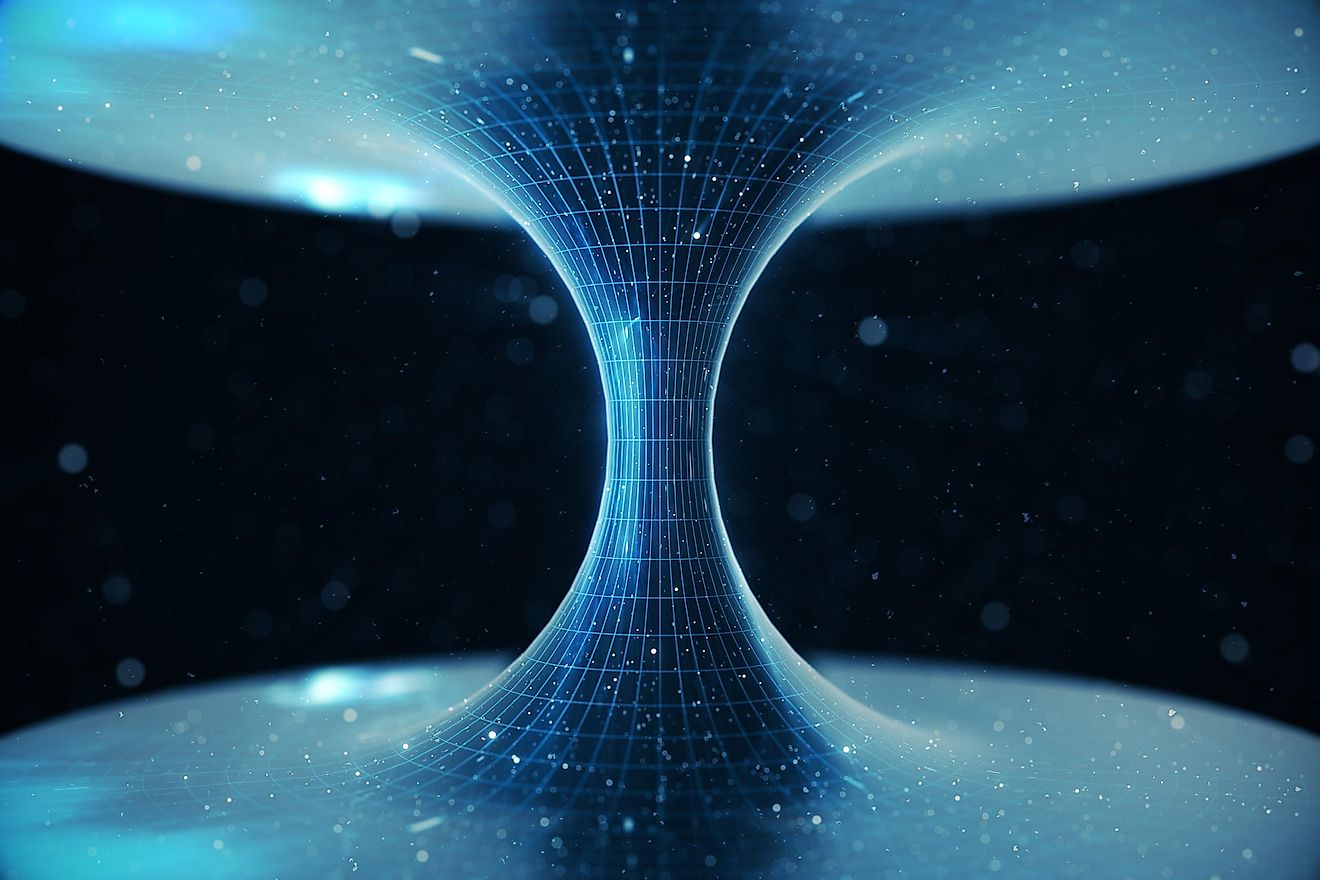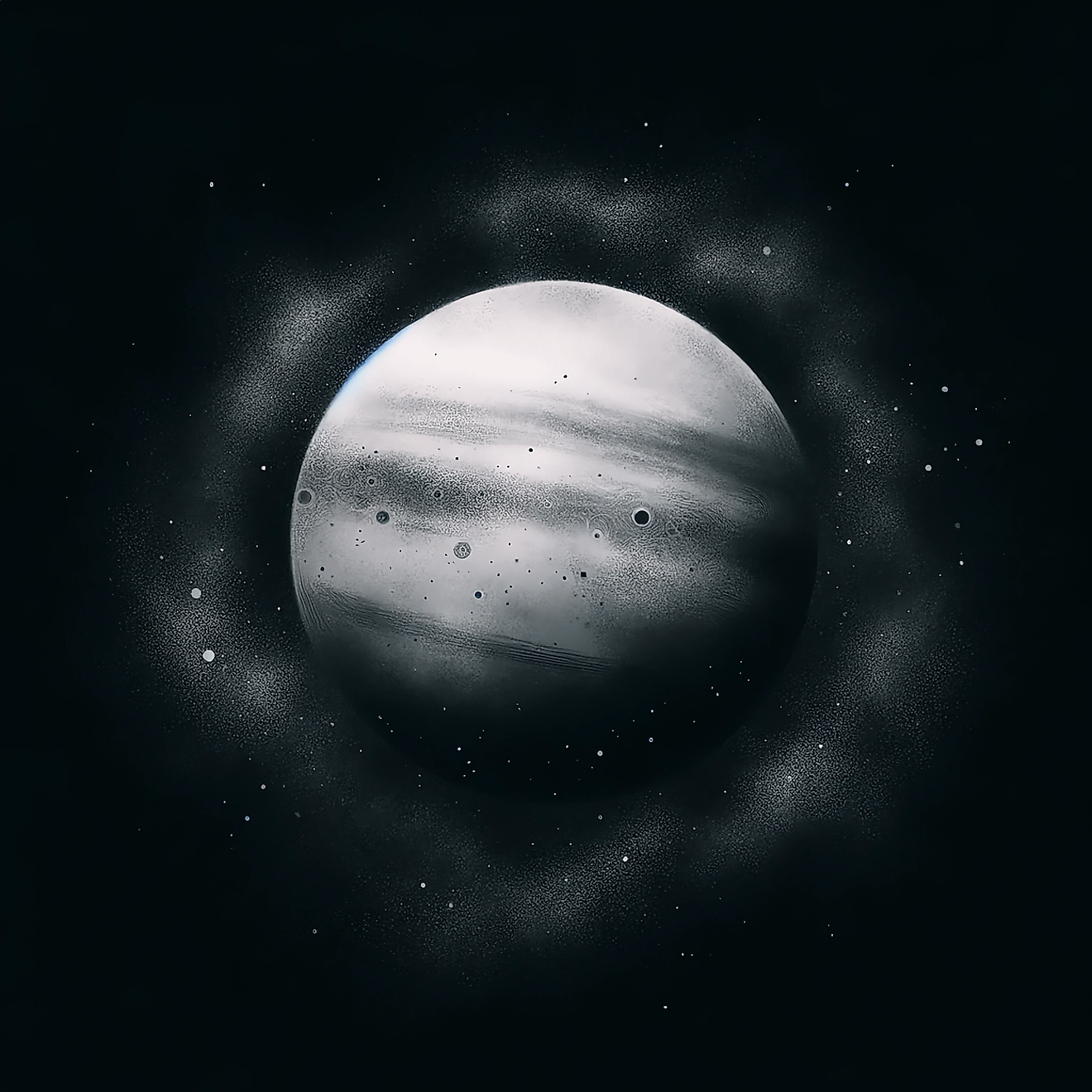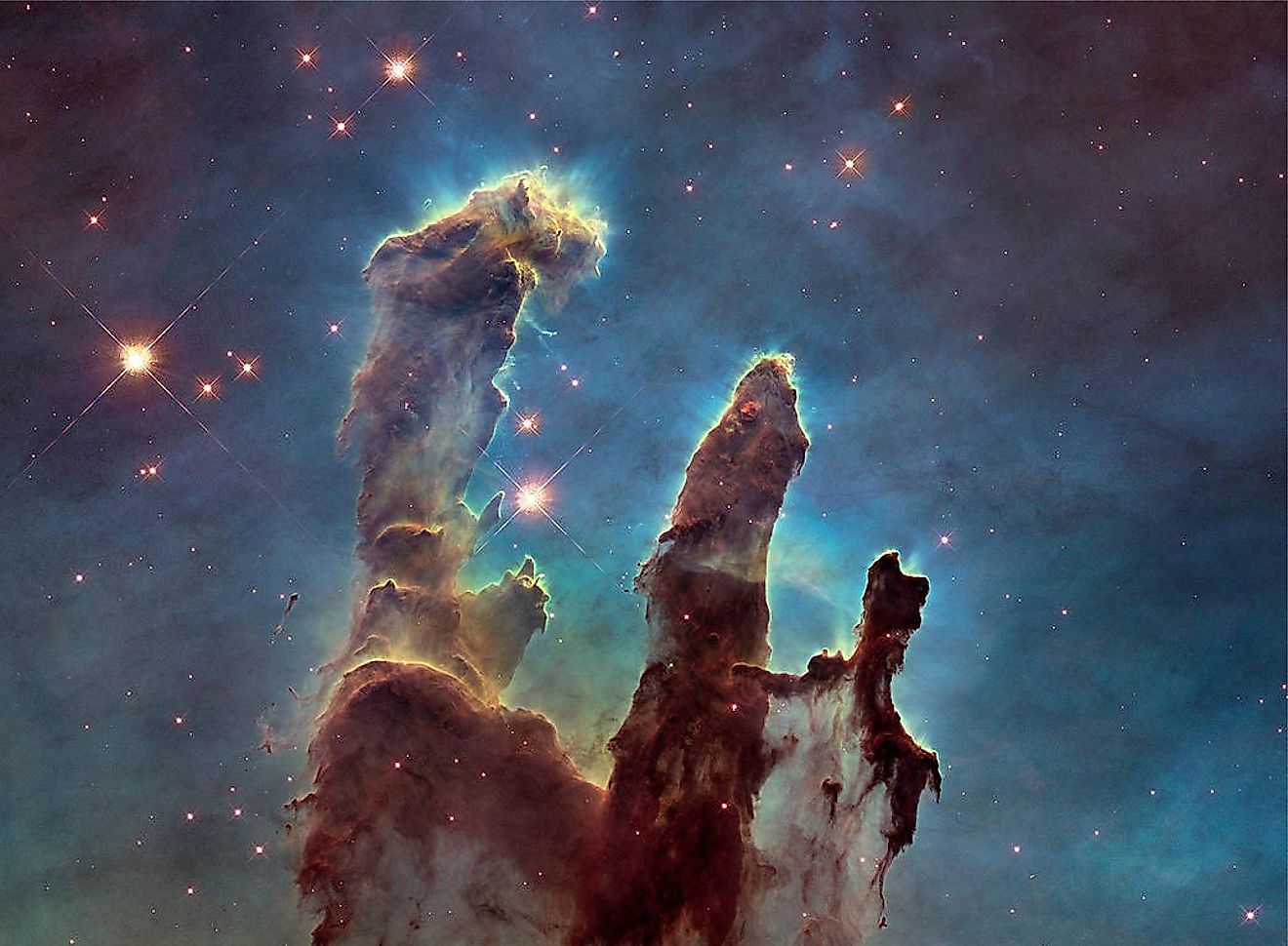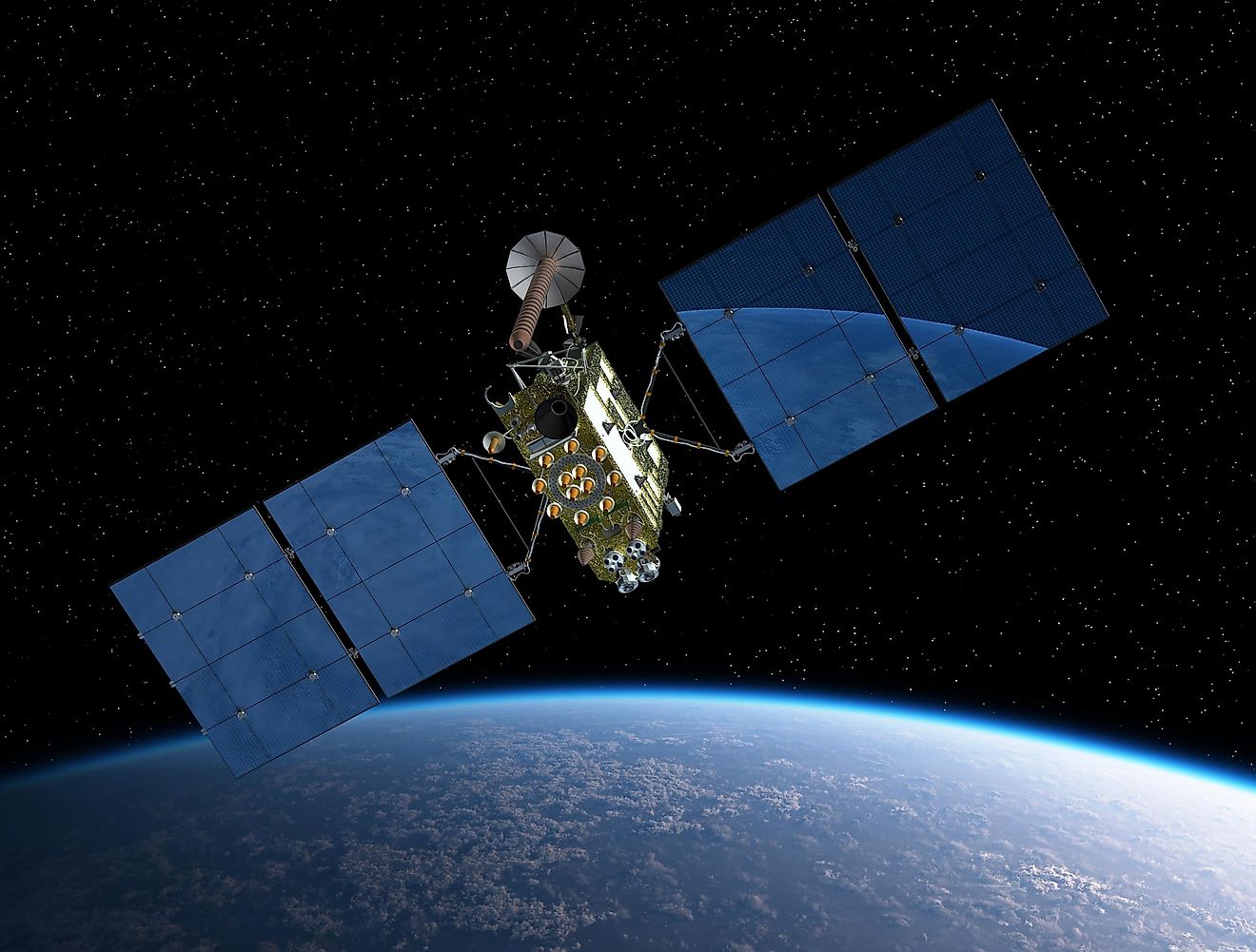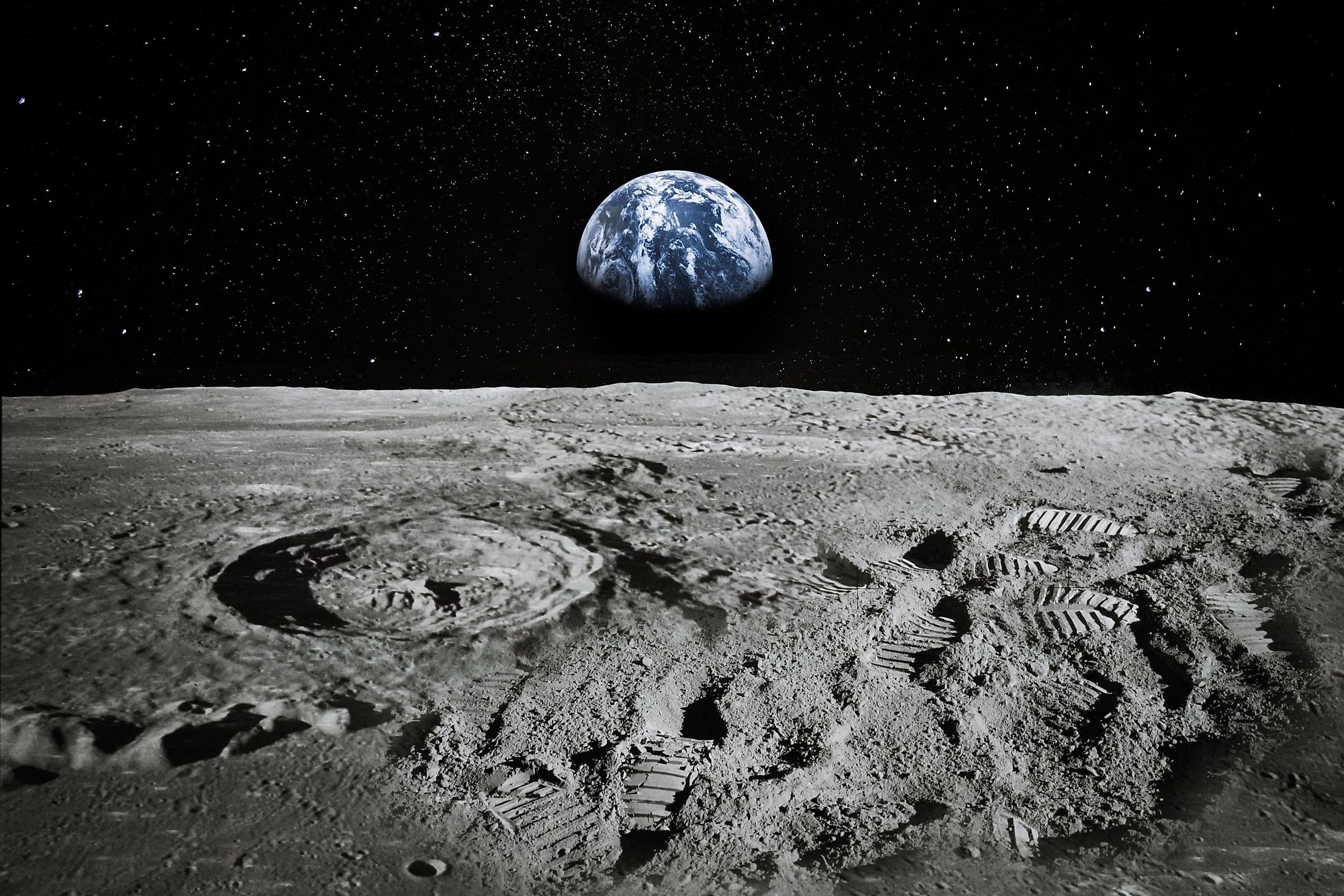
Planets With The Most Moons
As of March 2025, Saturn holds the record currently with 274 confirmed natural satellites, far surpassing Jupiter’s 95 and dwarfing the sparse systems of other planets. This tally, certified by the International Astronomical Union’s Minor Planet Center, reflects rapid advances in deep-imaging surveys that reveal kilometre-scale bodies hidden within Saturn’s extensive Hill sphere.
Counting moons is not merely bookkeeping: orbital distributions encode clues to planetary formation, migration and collisional history. This article reviews detection techniques, compares satellite populations across the Solar System, and explains why Saturn’s complex gravitational environment fosters the largest retinue of moons.
The Inner Solar System
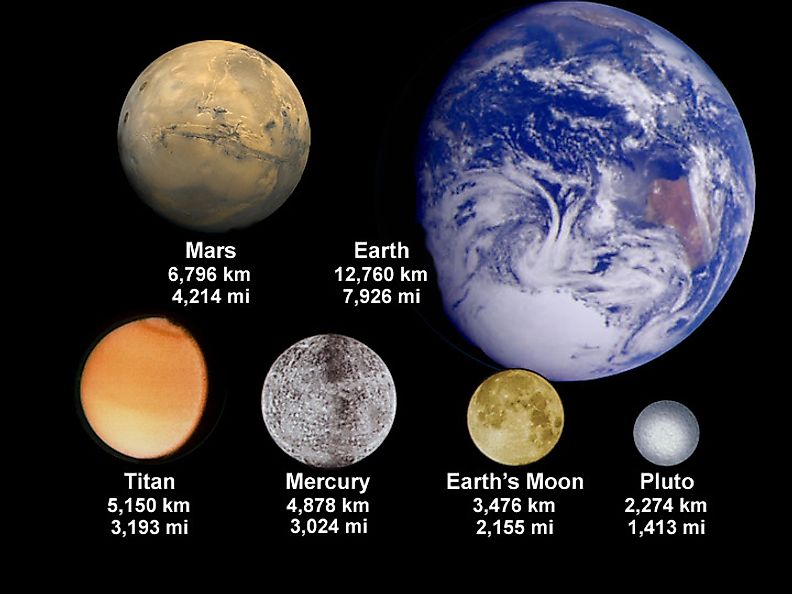
The inner solar system is home to a minimal number of moons.
Mercury and Venus do not have any moons, while the Earth only has one. Of the four inner rocky planets, Mars has the most moons (two). Called Phobos and Deimos, the two moons of Mars look rather strange. Neither is massive enough to become spherical, so they are shaped more like potatoes than a typical moon. In fact, Phobos and Deimos have more in common with asteroids than most moons, suggesting that they may have once been asteroids captured by Mars’s gravity.
Jupiter And Saturn
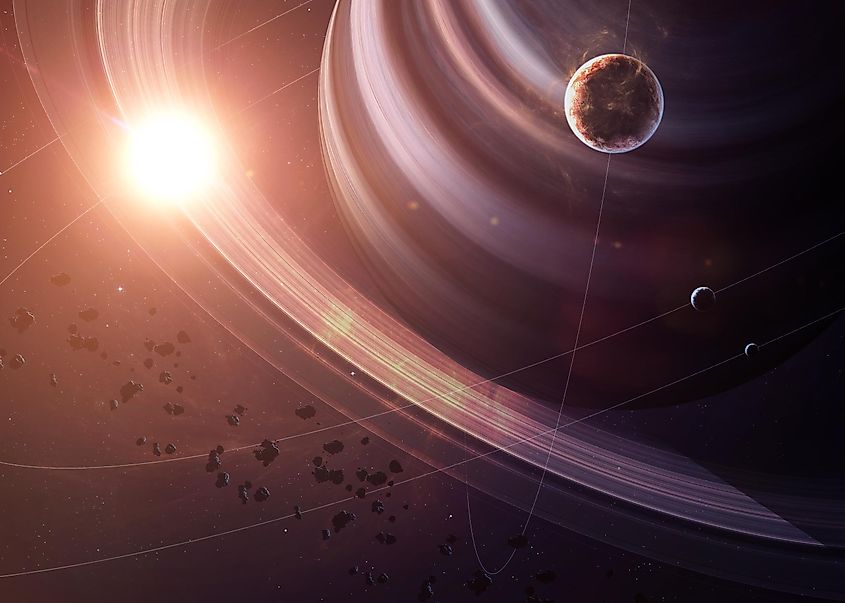
Jupiter and Saturn dominate the satellite census: together, they account for 369 of the 421 known planetary moons (~ 88 %).
-
Jupiter — 95 moons: four large "Galileans" plus dozens of small irregulars occupying clustered, resonant groups.
-
Saturn — 274 moons: the 2025 announcement added 128 faint irregulars, cementing Saturn’s lead. The planet’s location, far from the Sun’s disruptive tides but still massive, creates a deep gravitational well that more easily retains captured bodies.
Modern survey cadence means the "moon race" now hinges on how fast teams can process data rather than on intrinsically new objects; any fresh Jovian discoveries must climb a much steeper numerical hill.
Uranus And Neptune
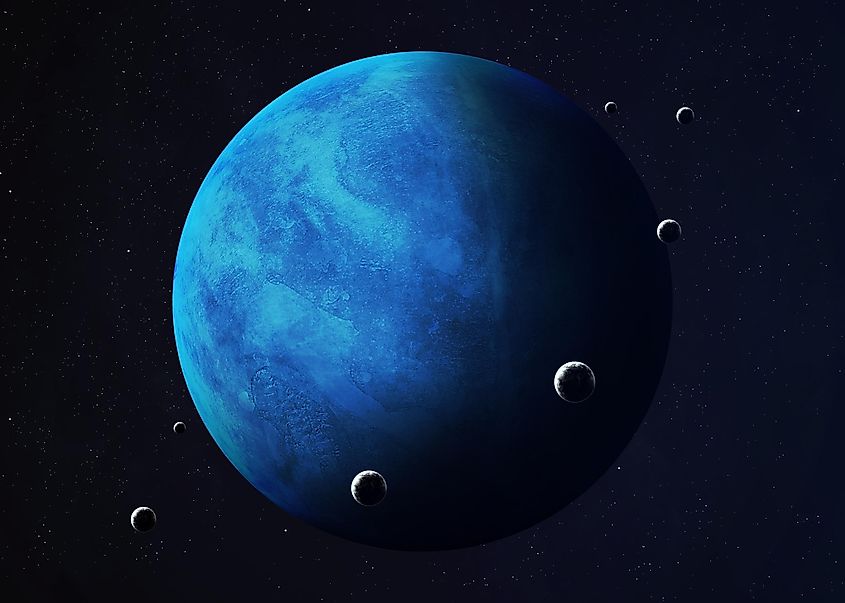
Although smaller than the gas giants, the ice giants still possess substantial satellite systems: Uranus has 28, Neptune has 16. A 2024 Carnegie survey revealed one new Uranian and two new Neptunian moons, the faintest ever detected in those distant realms. popularmechanics.com
Because Voyager 2 is still the only spacecraft to have flown past either planet, additional moons, especially sub-kilometre irregulars, likely await discovery by future space telescopes or an eventual ice-giant orbiter.
Dwarf Planets
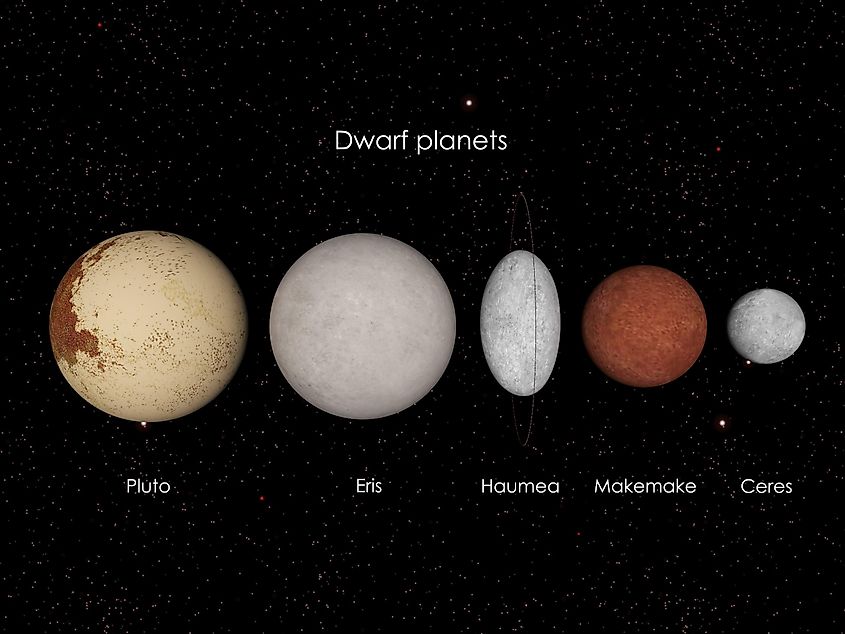
Moons are not exclusive to planets.
-
Pluto sports five satellites; the leading model is a giant collision that produced the large binary pair Pluto-Charon and the four smaller moons Nix, Hydra, Kerberos, and Styx.
-
Eris has one moon (Dysnomia), Haumea has two (Hiʻiaka, Namaka), and Makemake has one (MK 2). Ceres has none. These systems illustrate how even small bodies can capture or create companions in the Kuiper Belt.
Number of Moons for Each Planet In Our Solar System
| Planet | Confirmed Moons |
|---|---|
| Mercury | 0 |
| Venus | 0 |
| Earth | 1 |
| Mars | 2 |
| Jupiter | 95 |
| Saturn | 274 |
| Uranus | 28 |
| Neptune | 16 |
Updated: 6/10/2025
